Finding good fishing spots might sound like a process of luck but it’s actually quite nuanced. Productive fishing spots can include very specific locations of general regions that are fishing at or near their best when you arrive. Some places offer year-round opportunities, while others are more precise in terms of timing for the desired species.

In this article, I’ll break down the process used by myself – and many other successful anglers – to determine the best fishing spots at any time.
What makes a good fishing spot?
A good fishing spot carries a number of characteristics. It offers opportunities and produces fish at different times of the year. It’s also probably a place you can access and enjoy. However, it shouldn’t be overly crowded and should have some room for you to explore and experiment as you figure out that special sauce for catching fish.
Of course, the types of productive water vary, with differences in freshwater and saltwater. Climate zones, seasons, and plenty of other factors impact the best fishing spots…
Good Freshwater Fishing Spots
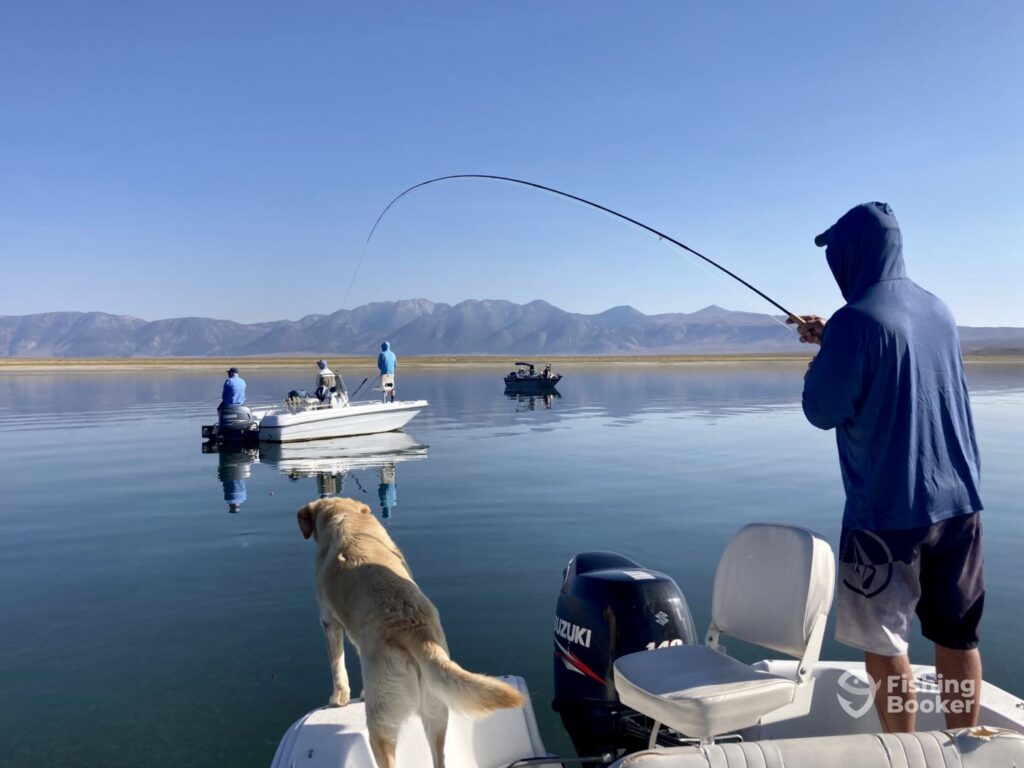
In freshwater, there’s a divide between warmwater and coldwater fisheries. In warmwater, finding great fishing spots is a matter of locating great cover, ambush sites, and zones with conditions that are optimal for fish. Think about your target species and the optimal water temperature. Look for places off the roads that will have less pressure, too.
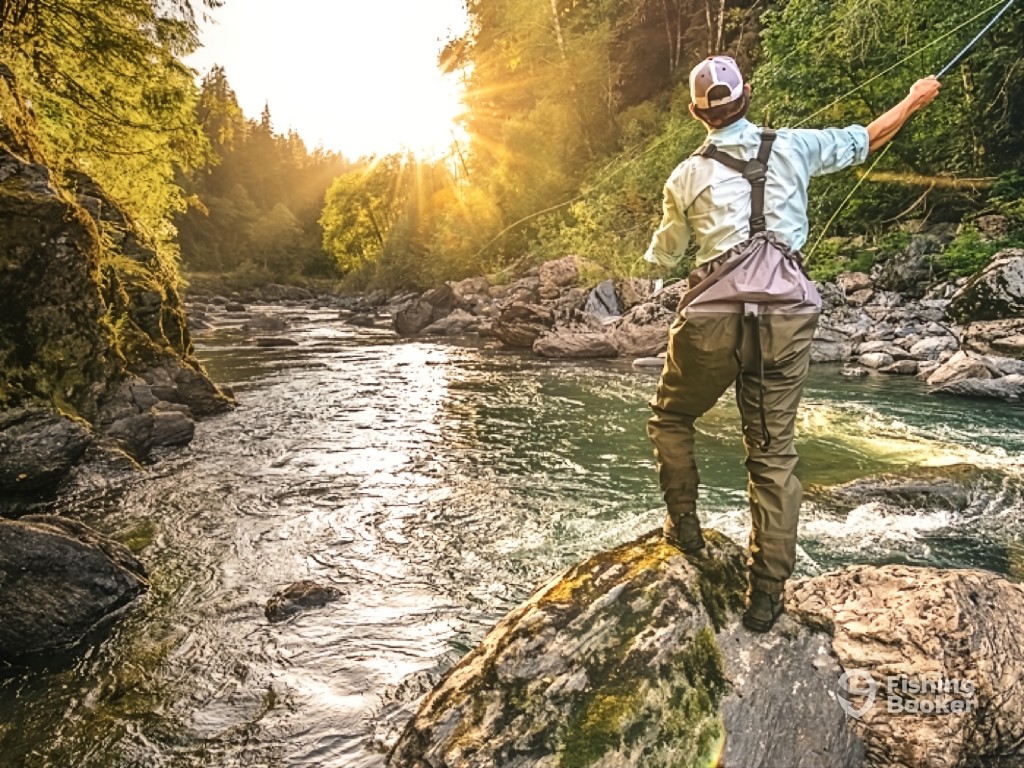
In coldwater fisheries, temperature is especially important. Look for water that has shade, spring influence, and plenty of holding water for Trout, Salmon, Steelhead, and other coldwater species. In hot weather, rivers with faster water are often better spots and areas with slower water produce more in colder weather conditions. The best spots change throughout the year based on weather.
In general, the best holding spots in freshwater include:
- Stable temperatures for your target species
- Ample food sources
- Cover and holding water
- Access without crowds
In short, if the fish have more reasons to stay than leave, you’ll be in luck! Look for the above things and you’ll find some excellent fishing spots.
Good Saltwater Fishing Spots

Saltwater is much different than freshwater, although water temperature does play an important role in fishing. For non-migratory species like Rock Bass and Grouper, it’s all about finding the structure and hitting the right depths. Conditions can dictate success but good structure can and will produce throughout the year. Many of the best piers, jetties, and other spots aren’t a secret, so you’ll likely share them with others. But it’s still worth hitting these spots.

For pelagic fish that migrate and move throughout the year, timing is critical. You can have a great spot for a few weeks that will be vacant for months following. It’s a game of currents and temperatures that drive bait fish and food sources. In essence, if you can follow the food, finding fish like Mahi Mahi, Yellowtail, and various Sailfish, Marlin, and Tuna species is possible. Striped Bass are similar as well.
The ocean is massive, so understanding the seasons and currents is the key to finding good fishing spots. Look for areas where different ocean currents collide and places with steep drop-offs close to shorelines. If it supports bait fish, crabs, and shrimp, it’s probably a great spot.
How to Find a Good Fishing Spot
Now that we have a basic understanding of what makes a good fishing spot, it’s time to build a process for finding one. I like to start with a broad picture, looking at the full lake, river, or section of coastline before breaking it down into manageable pieces.
Monitor Conditions
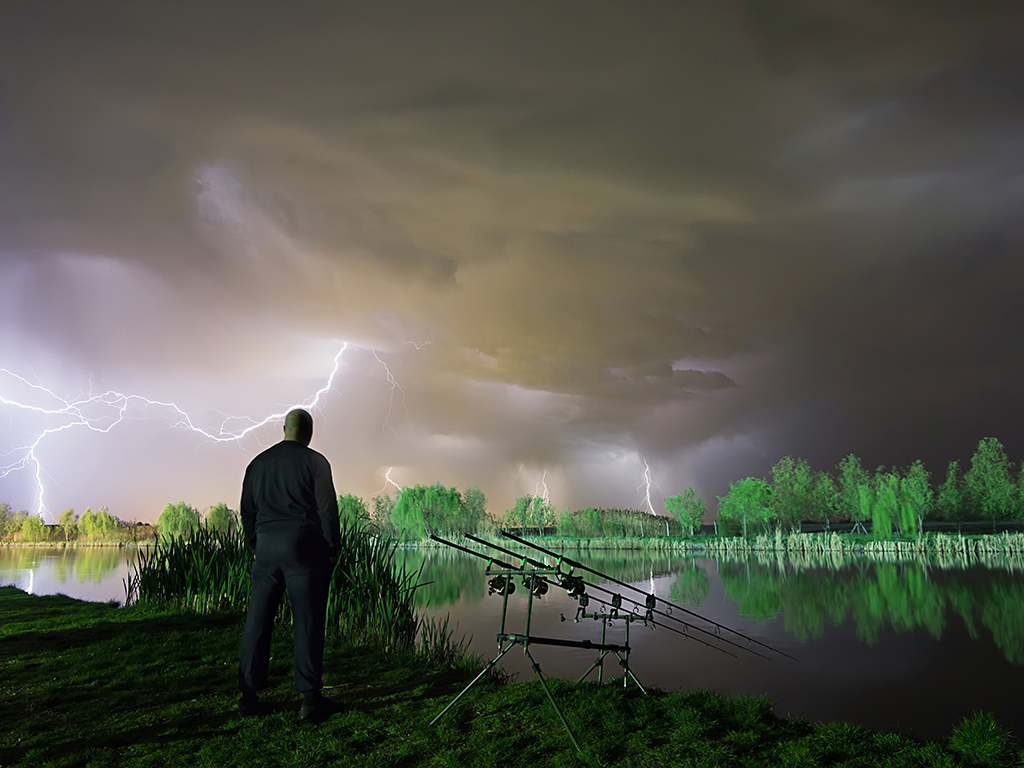
Start by taking your piece of water and pay attention to the conditions. Assess what is optimal for your target species in terms of current, temperature, and cover. Now start observing the water and its temperatures through different seasons. Temperature is specific but the other factors are anecdotal.
You don’t have to fish every inch of water to note the conditions. If it’s a local spot, you can go for a short walk, make a few quick visits, and simply observe to become familiar with the area. A couple of prospective casts are never a bad idea either. Cover some ground and pay attention to the features in new areas.
Look for the Food Source

Optimal Conditions + Food = Fish. This formula applies to pretty much every species and place on Earth. Look for bugs in the air, bait fish in the water, and general food sources. Pay close attention to the timing of food availability as well. Are the hatches early or late in the day? Do the bait fish move elsewhere at different times of year?
Plenty of resources exist for hatches, shad runs, and other important events. Put them on your calendar and focus your fishing around the food. When the calories are present, the fish usually follow to those spots.
Maintain Notes Over Time
The variables that make for good fishing spots accumulate as you explore more areas. Mental notes can track a good portion of the important factors, but it’s also a good idea to take notes for reference. Some events are limited, so having that reference point is really nice.
For example, I encountered a unique hatch of very large mayflies on a lake that holds very few Trout. The Trout are large, however, and this even brought them to the surface in a feeding frenzy. The hatch lasts for less than a week. Needless to say, I’ve noted it with a calendar alert as a reminder!
Plugging these events into your calendar is a great move. It’s an automated reminder to hit the best spots at the best times throughout the year.
Use Apps and Tools
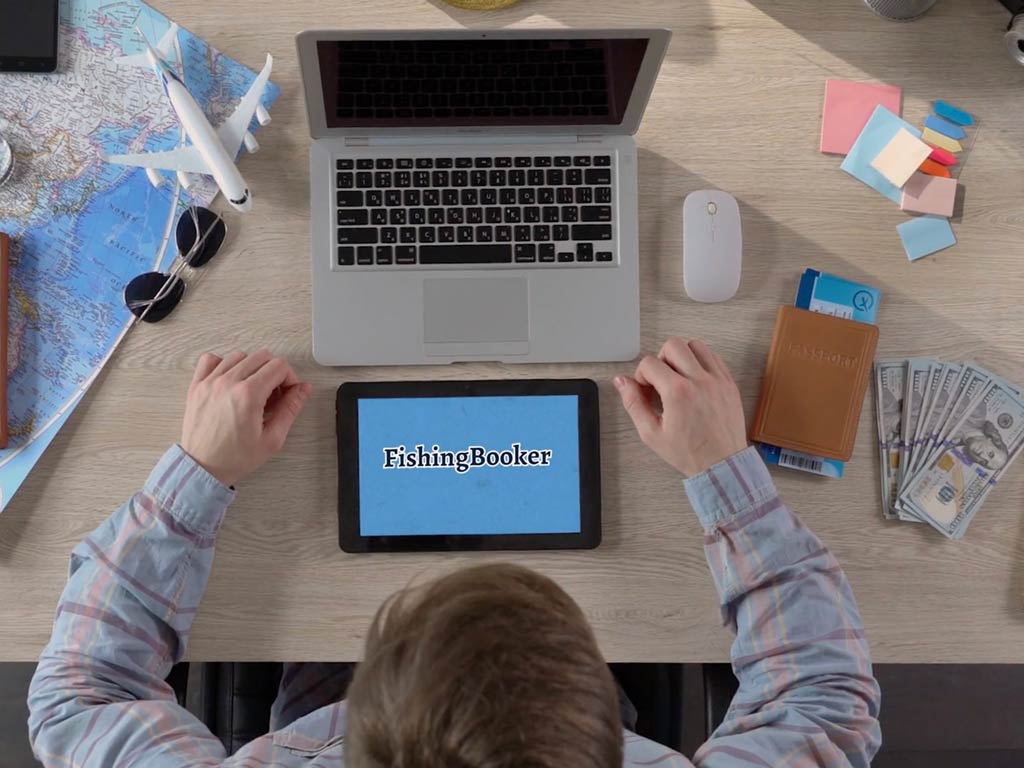
Speaking of calendars, they’r digital these days! I still have a classic journal but I also use a digital calendar because it’s easy to set recurring events as reminders year after year.
For digital scouting, Google Maps with satellite view is free and easy, and you can mark your favorite spots with notes. Some paid apps are also worth the subscription prices. I use OnX Maps for hunting, fishing, and scouting new spots for both. It offers 3D views and I can mark places with potential boat access, foot access, and add custom notes across a number of variables.
Nautical charts are key for bigger lakes and ocean fishing. Finding drop-offs, channels, travel funnels, and other key features is much easier with charts. These are also called bathymetric maps, and you can get them from NOAA and a number of other sources. For research, these maps are gold.
There’s no shortage of tools available, but putting boots on the ground and prospecting new areas remains the best way to find new fishing spots.
Top Fishing Spots Across the Globe
Before I let you go, I have to let you in on some of the best fishing spots across the globe – in my opinion! True, these locations are more regional than specific to the GPS coordinates, and some are far-off destinations that are difficult to access… Therefore, these should – by no means – be your only goal! Your backyard Bass pond or urban river will also have amazing spots that you can fish regularly.
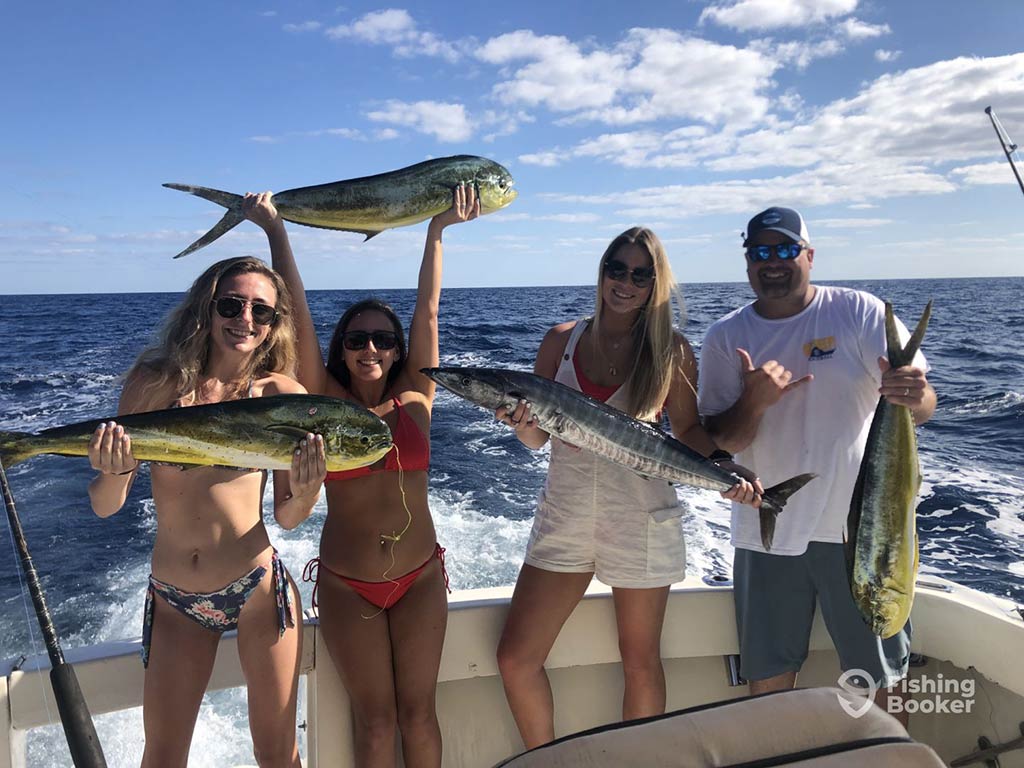
Yet, each of these regions are great places to explore because they have high fish densities that are nearly guaranteed to be productive. Here they are, in no particular order:
- Great Lakes Region. The scale of the Great Lakes makes for some very interesting fishing. The lakes have big urban centers and very remote reaches. Finding a quality fishing spot while also getting away is possible, even for folks living in a bigger city. The lakes themselves are fantastic but they also have numerous river inflows that expand the range of possibilities. Trout, Pike, Bass, Muskie, Walleye, Salmon, and more… This is a great region to explore.
- The Bahamas. A place with a broad scope of opportunities in saltwater is the Bahamas. With a ton of islands to explore, some are easily accessible and others are very remote. The opportunity to chase Bonefish, Barracuda, and other flats species is excellent. The fact that you can walk out and wade fish all day makes this one of the best places for saltwater fishing in a tropical environment.
- British Columbia, Canada. Like the US, Canada manages many fisheries well and the entire country is ripe with opportunity. British Columbia is a favorite for ocean-connected fisheries, lakes, and wild rivers. The coastline is rugged and productive, and the rivers have Steelhead and Salmon as well. Big Bull Trout, thousands of lakes, and more places than you can cover in a lifetime make BC a favorite place to find great fishing spots.
- Patagonia. The number of fishing spots within this region is phenomenal. Nearly every trickle of water holds Trout, and anglers will find great Salmon fishing as well. Some places are more difficult to reach and will require a guide, while others offer easy roadside access and world-class fishing. The number and size of Trout in Patagonia make it a very special place.
- Alaska. Variety in a world-class wilderness setting is easy to find in Alaska. From huge Pike to Lake Trout, Rainbow Trout, Char, and Salmon, Alaska has some of the best spots in the world. The highway systems make it possible for DIY in great waters, but using fly-out services can really get you off the grid in a hurry.
- Amazon Basin, Brazil. This one is far off for most anglers but the Amazon Basin is just different. Unrivaled variety is the name of the game, with Catfish bigger than most humans and a long list of exotic species. Adventurous anglers can DIY some places, but choosing a quality operation for Peacock Bass and other species is a good idea.
- South Island, New Zealand. Speaking of big Trout, New Zealand is the place to sight fish for giant Browns. That’s far from the only game, however, as Rainbow Trout are abundant on both the North and South Islands. Vehicle access to many places makes it accessible once you reach the country. If the freshwater fishing isn’t enough, look at the saltwater fishing from both shore and nearshore in a vessel.
- Gulf Coast. The appeal of the Gulf region is immense, thanks to its year-round fishing. Redfish, Speckled Trout, and many other species make places like Texas and Louisiana well worth a visit. Access to shorelines and piers is great, and small watercraft can navigate the backwaters as well. Give the Gulf a shot, and you’ll find some excellent fishing spots.
- Rocky Mountain Region. It’s hard to describe good fishing spots without looking at the western USA. The entire West has great opportunities, but the Rocky Mountain region often steals the spotlight. From New Mexico to Montana, there are countless streams, lakes, and river valleys with world-class Trout fishing. Anglers might also be surprised to find some incredible fishing for Bass, Pike, Walleye, Carp, and more.
Keep Your Best Fishing Spots a Secret!
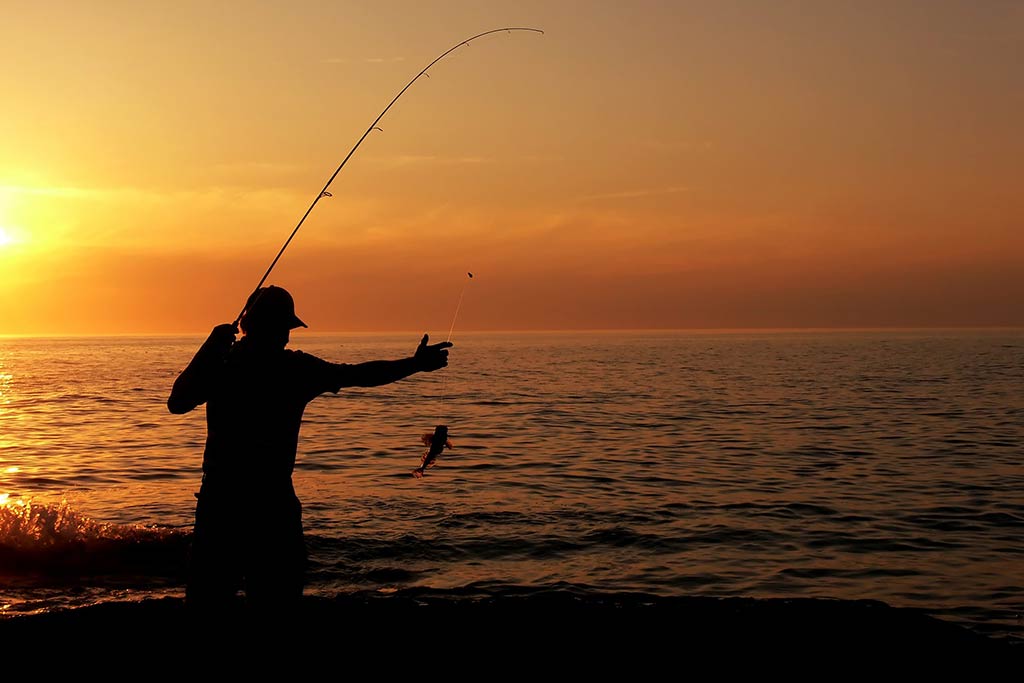
I know it’s exciting when you solve the puzzle and find a great fishing spot. Just remember that, while sharing is fun, it’s a good idea to keep things close to the hip – at least for a little while. If your favorite spot isn’t already popular, take some time to enjoy it for yourself. Good fishing spots are hard-earned and they can remain productive for years on end. Save your journals and go find your own locations to enjoy!
How do you research and locate quality fishing spots? We’d love to hear about your process. Let us know in the comments below!
